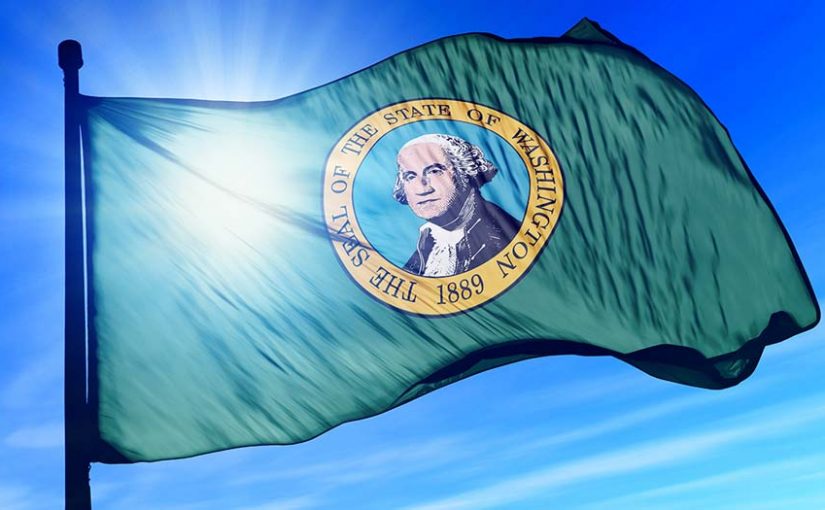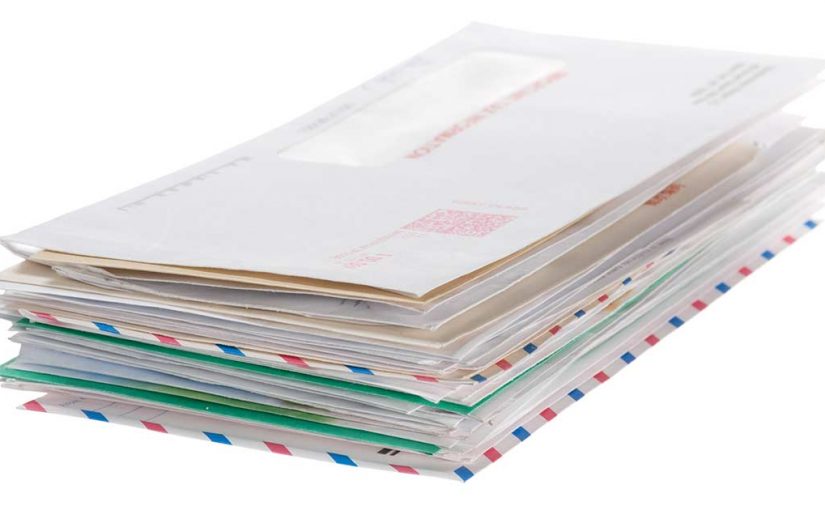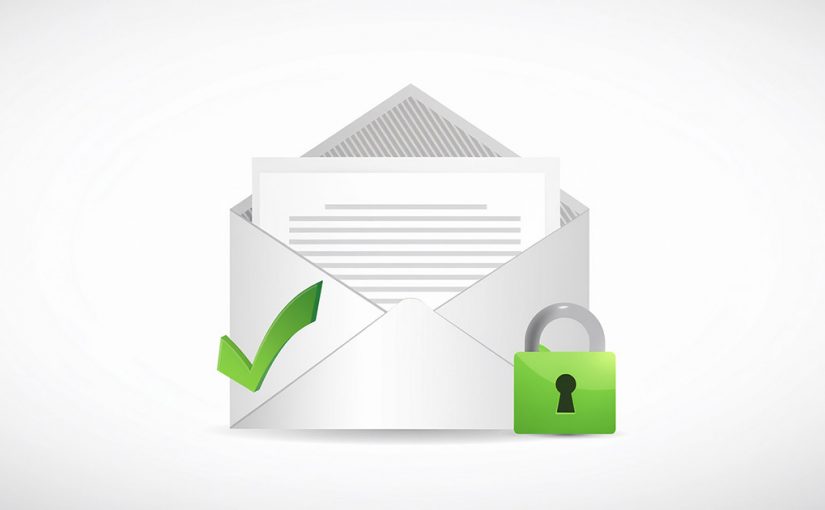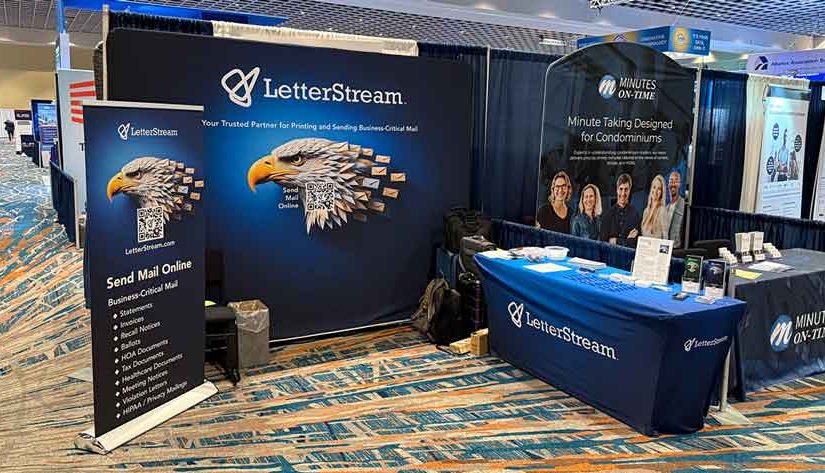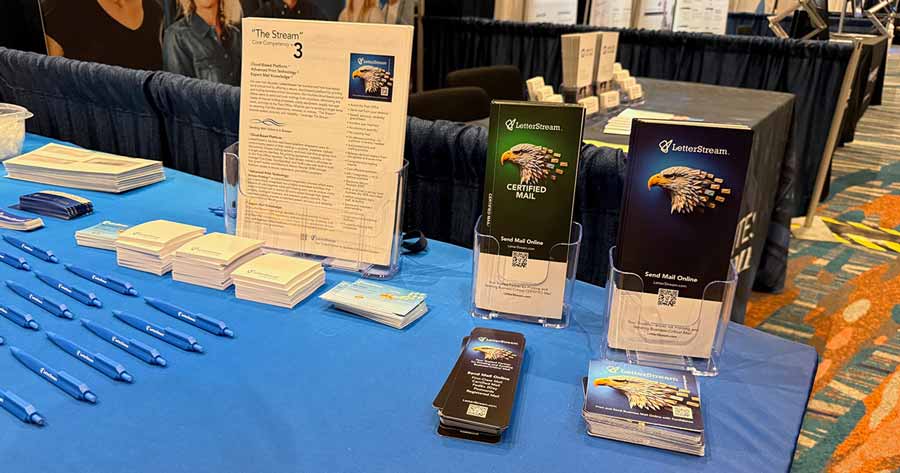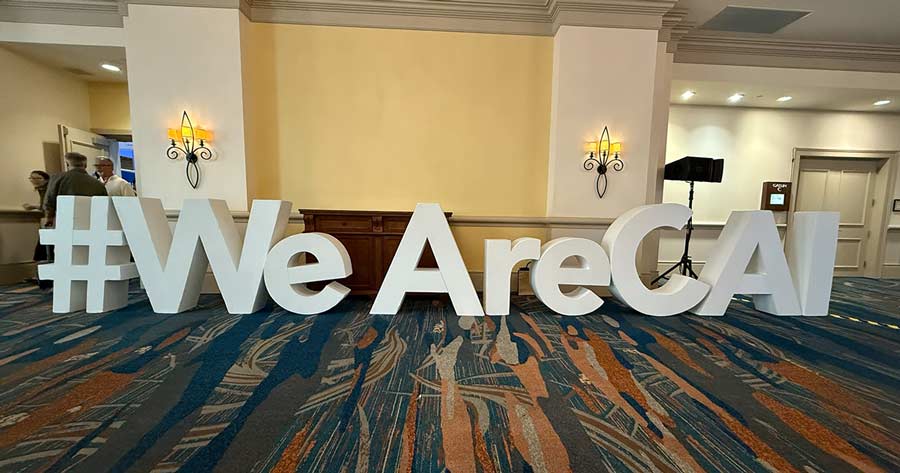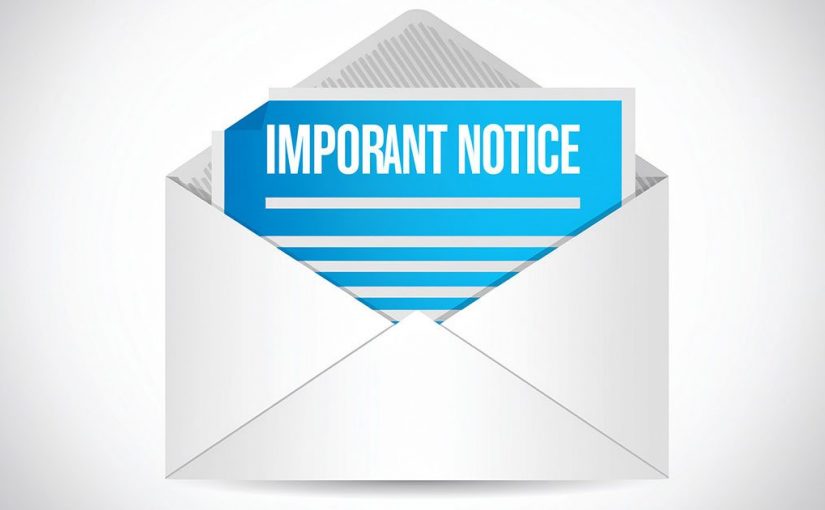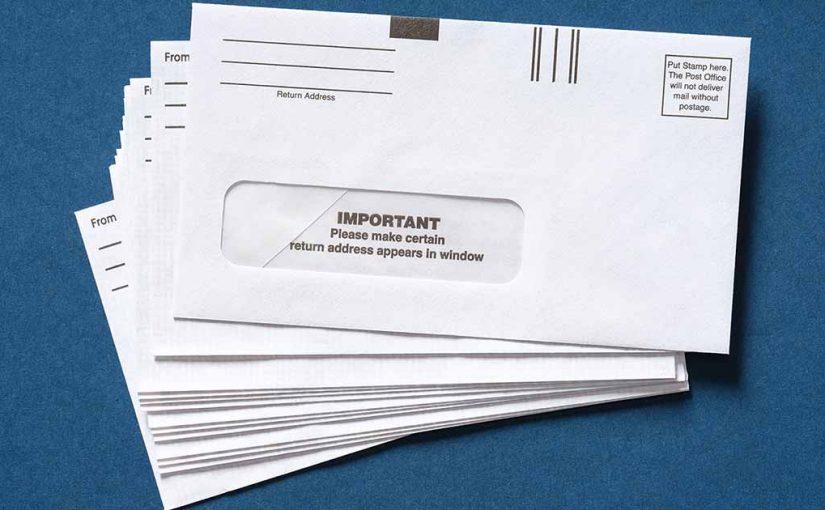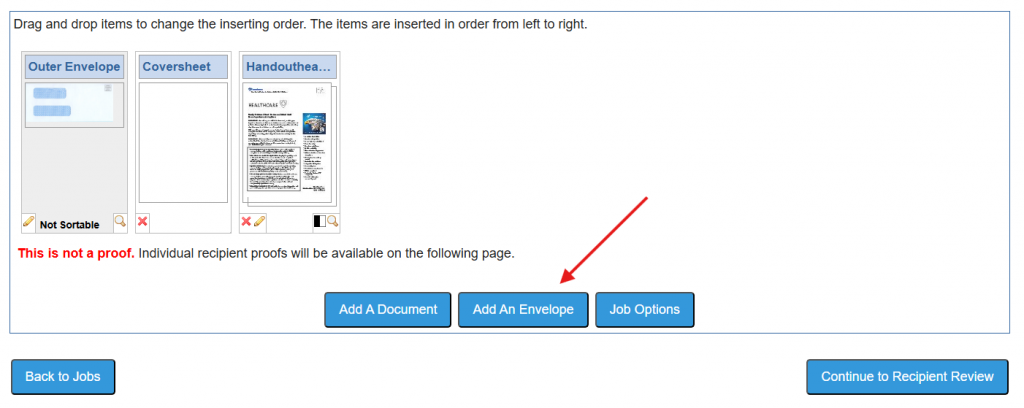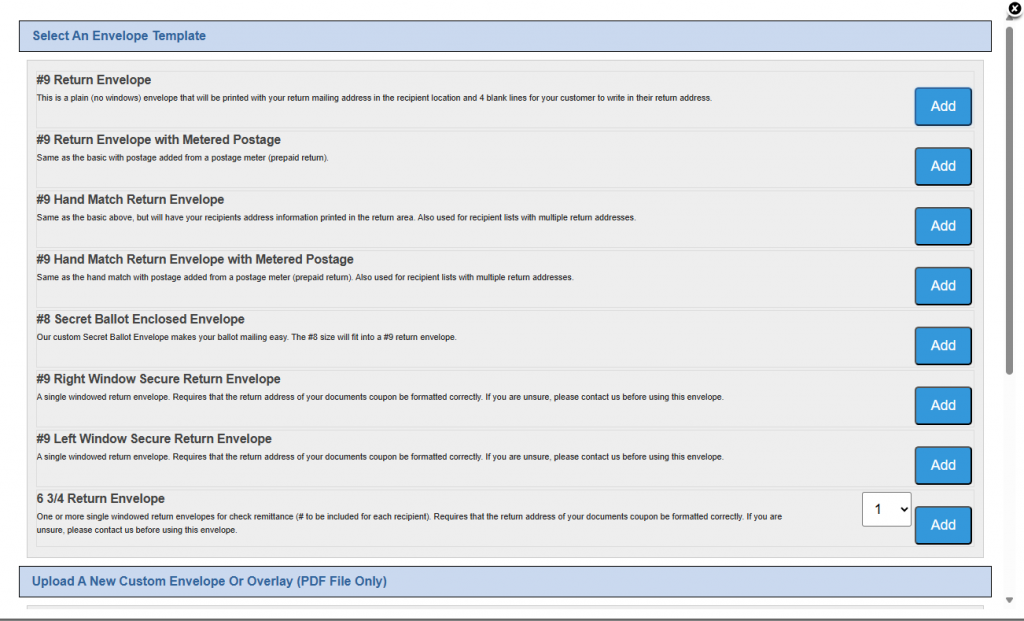When Aaron Harris joined LetterStream as our new Head of Sales, we knew we were bringing on someone special. From day one, he showed up ready to dive in, connect with our customers, and help move the needle in all the right ways for those looking for smarter business mail solutions.
His first big debut? The 2025 CAI National Conference in Orlando—and let’s just say, he made an impression.
Making a Strong First Impression at CAI National
Whether you caught him mid-conversation at the booth, answering tough questions about HOA mail, or just sharing a laugh with a board member juggling too many community deadlines, Aaron brought a level of energy and authenticity that turned heads (in the best way).
We’re now a couple of weeks out from the event and we’re still hearing from folks who said, “Wait—who was that guy? He was great.” That’s Aaron. He listens, he leads, and he shows up with real solutions—something that fits right into how we serve reliable print and mail services every day, for all customers in all industries.
Helping HOA Managers and Organizations Get Ahead.
Here’s the thing: Aaron gets it.
He understands the real-life challenges our customers face—the last-minute mailings, the compliance pressure, the scramble to get things out the door. He’s already bringing fresh ideas to the table, the kind of ideas that help our clients get ahead of their mailing strategy instead of constantly playing catch-up.
Whether it’s optimizing communication for community associations, helping clients streamline Certified Mail, or improving how new users navigate our platform, Aaron’s already adding value to how we help businesses send important mail online—easily, securely, and on time.
Collaboration, Curiosity, and Customer Focus
More than anything, Aaron fits in here in the best way. He cares about people. He’s curious, he’s collaborative, and he’s not afraid to roll up his sleeves. That’s the kind of leadership that makes a difference, not just in sales—but across the entire customer experience.
And at LetterStream, that’s exactly what we’re about: making mail easier for our clients, from HOA notices to statement printing, from Certified letters for lawyers to bulk mail projects for 3rd Party Administrators and everything else in between.
What Aaron Brings to the Future of LetterStream
We’re excited for what’s ahead. Aaron’s helping us think bigger about how we serve the HOA space, legal professionals, small businesses, large businesses, those in construction and anyone looking for a more reliable way to send mail.
He’s already finding ways to make it even easier for new clients to get started, feel supported, and know they’ve got a real partner in their corner.
Welcome to the LetterStream family, Aaron. We’re lucky to have you!
LetterStream offers bulk printing and mailing services allowing companies to send physical mail online. Whether it’s online Certified Mail, First-Class Mail, FedEx 2Day, or postcards, we give both small businesses and large corporations that time and freedom back to work on tasks that better serve the company. If you’re interested in creating a free account, you can do so, here.



